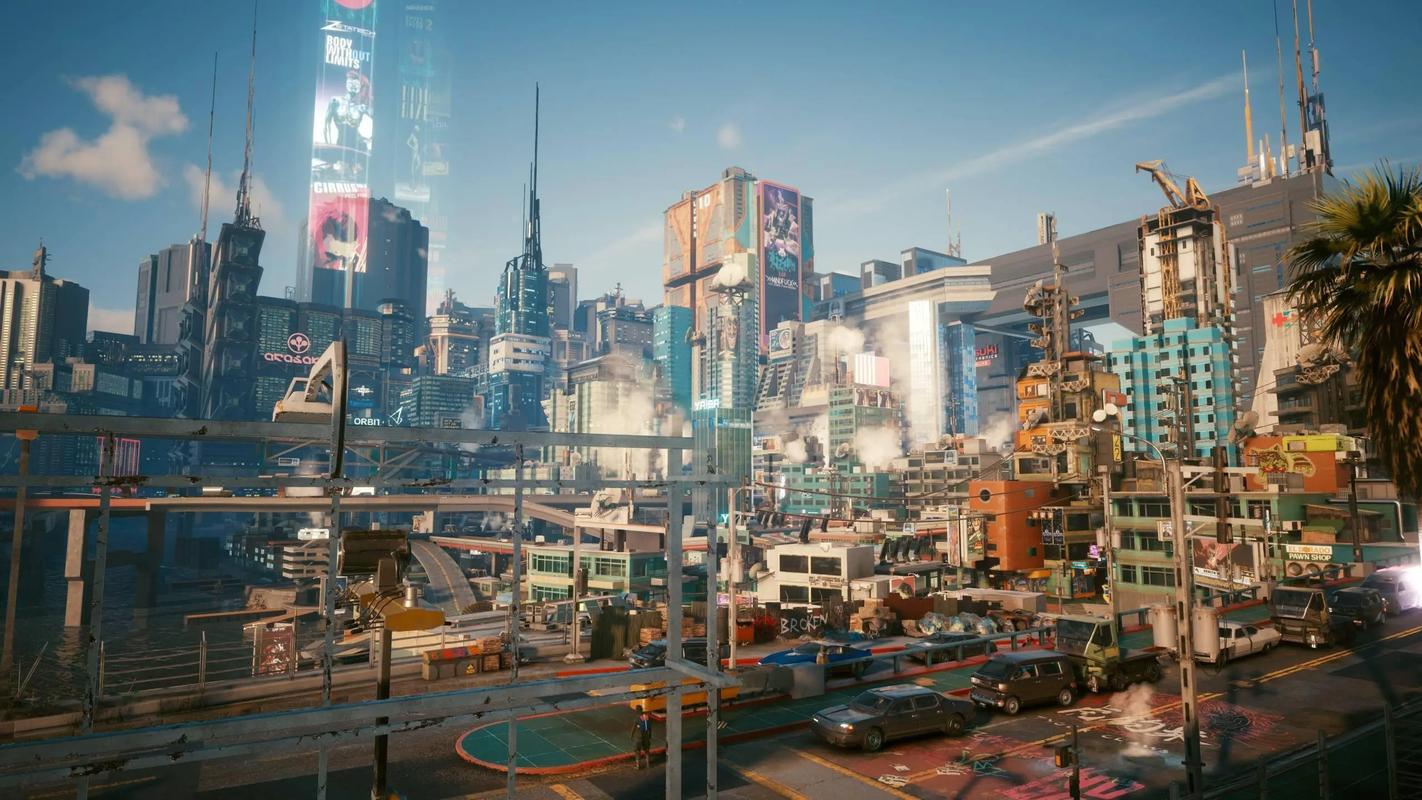Street Fighter V: Champion Edition – Post-Launch Evolution and Legacy
Since its initial release in 2016, Street Fighter V has undergone a remarkable transformation, culminating in its definitive edition—Street Fighter V: Champion Edition (2020). What began as a divisive entry in Capcom’s legendary fighting game franchise has evolved into a robust, content-rich experience that has won back fans and solidified its place in the competitive scene. This article explores the post-launch journey of Street Fighter V, examining its updates, community reception, competitive impact, and how Champion Edition ultimately shaped its legacy.
A Rocky Start: The Early Days of Street Fighter V
Street Fighter V launched with significant criticism. The base game was notably barebones, featuring only 16 characters, a lack of single-player content, and server issues that plagued online play. Unlike Street Fighter IV, which launched with a full arcade mode and robust offline features, SFV was clearly designed with a "games-as-a-service" model in mind—relying on post-launch updates to expand its offerings.
Fans were frustrated, but Capcom had a long-term vision. The company committed to a steady stream of updates, including new fighters, stages, balance patches, and gameplay refinements. Over time, these additions helped mend the game’s reputation.
The Road to Champion Edition: Major Updates and Expansions
Seasonal Character DLCs
Capcom adopted a seasonal approach, introducing new fighters via annual "Seasons." Each season brought four to six characters, including fan favorites like Akuma, Sagat, and Sakura, as well as newcomers such as Rashid, Menat, and G. By the time Champion Edition arrived, the roster had nearly doubled, offering 40 fighters—a massive leap from the original 16.
Gameplay Refinements
Balance was a constant focus. Early iterations of SFV were criticized for favoring aggressive, "rushdown" playstyles, leaving defensive options weak. Over time, patches adjusted frame data, V-Triggers, and mechanics like Crush Counters to create a more balanced meta. The Arcade Edition (2018) introduced the V-Trigger II system, giving each character a second, alternative super move, which added strategic depth.
Expanded Single-Player Content
One of the biggest criticisms of SFV was its lack of single-player content. Capcom addressed this with:
- Cinematic Story Mode ("A Shadow Falls") – A fully animated campaign bridging SFIV and SFV.
- Character Stories – Short vignettes for each fighter.
- Arcade Mode – Added later, featuring paths themed after past Street Fighter games.
- Extra Battle Modes – Weekly challenges and boss fights.
These additions made the game more appealing to casual players who weren’t solely focused on competitive play.

Champion Edition: The Definitive Version
Released in February 2020, Street Fighter V: Champion Edition was marketed as the complete package. It included:
- All 40 characters (including Season 4’s Seth, Gill, and E. Honda).
- 34 stages (many previously locked behind DLC).
- Over 200 costumes, including premium and crossover outfits.
- All gameplay updates up to that point.
For newcomers, this was the best way to experience SFV. For veterans, it was a cost-effective way to catch up on missed content.
Final Season (Season 5) and Beyond
Even after Champion Edition, Capcom continued support with Season 5, adding five more fighters: Dan, Rose, Oro, Akira (from Rival Schools), and Luke—who would later serve as a bridge to Street Fighter 6. This final update ensured the game remained fresh until its successor’s arrival.
Competitive Scene and Esports Impact
Despite its rough launch, Street Fighter V became a staple in the fighting game community (FGC). The Capcom Pro Tour (CPT) returned, and SFV was featured at EVO every year since its release. The game’s accessibility—with simplified inputs compared to SFIV—helped attract new players, though some veterans criticized it for being too "streamlined."
Over time, the meta evolved, with characters like Rashid, Urien, and later Luke dominating tournaments. The introduction of V-Shift in 2021 (a universal defensive mechanic) further refined gameplay, rewarding precise timing and counterplay.
Legacy and Transition to Street Fighter 6
By the time Street Fighter 6 was announced, SFV had redeemed itself. What started as a contentious release became a beloved entry, thanks to years of updates and community engagement. Champion Edition was the culmination of this effort—a polished, content-packed experience that honored the franchise’s legacy while pushing it forward.
Lessons Learned
SFV’s journey highlights the importance of post-launch support in modern gaming. Capcom’s commitment to refining the game over six years turned initial disappointment into long-term success. It also set the stage for Street Fighter 6, which launched with far more content and polish—likely a direct result of lessons learned from SFV.
Conclusion
Street Fighter V: Champion Edition stands as a testament to perseverance. While its launch was far from perfect, continuous updates, fan feedback, and competitive evolution transformed it into a worthy successor in the Street Fighter lineage. For players who stuck with it, the journey was rewarding—a fighting game that grew alongside its community, proving that even rocky beginnings can lead to greatness.














